We all love Mangoes and so they are aptly named King of Fruits in South Asia. Mango trees grow wildly in warm and humid climates which most of the tropical countries offer. It has a sweet tangy taste and comes in hundreds of varieties.
Mangoes have several nutrients which not only make them a healthy dietary addition but add a sweet touch to your daily diet plan without adding many calories. It contains only 99 calories per 165 g serving without any fat or sodium. It in fact helps you reduce fat!
The scientific name of mango tree is MANGIFERA INDICA.
If you are living in an area with hot, humid, and frost-free climate (like India, Thailand, Malaysia, Bangladesh, etc.), you are lucky! You can easily grow your very own mango tree outdoors.
Don’t be disappointed if you live in colder areas? There is a bonus tip at the end to give you a workaround for growing mango trees in colder areas. Read the full article to know all the information on mango trees.
Mango trees love hot and humid climates. They grow abundantly in the Indian subcontinent. India is the largest producer of mangoes in the world followed by China and Thailand. Mango plants cannot survive frost and die in such climates.
Contents
Optimum Temperature & Humidity For Growing Mango Plants
Mango plants require at least 50% humidity levels for optimum growth. They prefer temperatures above 50°F (10°C). They can survive temperatures below 40°F (4.5°C) however very cold temperatures or frost may damage the plant.
In the US, they can be grown in hardiness zones between 9b -11. Florida and California present suitable climates for growing mangoes in the US.
They can be grown outdoors if the average temperature in your area is 80°F to 100°F (27°C-37°C).
If your area receives frost in winters, keep your mango plant indoors during that time of the year.
They need full sun with at least 8-10 hours of direct sunlight to grow.
Best Potting Soil For Mango Fruit
Mangoes can grow in any type of soil. The only condition is it should be well-drained. They survive moderate floods, but they grow vigorously in well-drained potting soil.
If you are planning to grow a mango tree in a container, lay a coarse layer of broken pottery or gravel at the bottom to allow the free flow of water. On top of the coarse layer, fill the pot with fine garden soil mixed with cocopeat for good drainage and organic fertilizer like cow dung compost or vermicompost.
They like soil pH between 5.5 to 7.5.
How to Grow Mango Tree from a Seed
It is very easy to grow a mango tree from a seed. The germination rate is highest when seeds are obtained from mature fruits.
Be aware that if you are growing the mango plant from seed, you will need to be patient to see the fruit of your hard work. It takes 7-10 years for a mango plant grown from seeds to mature into a tree bearing fruits.
Below is a pictorial view of how to start a mango plant from seed (seed usually sprouts in 8-15 days):
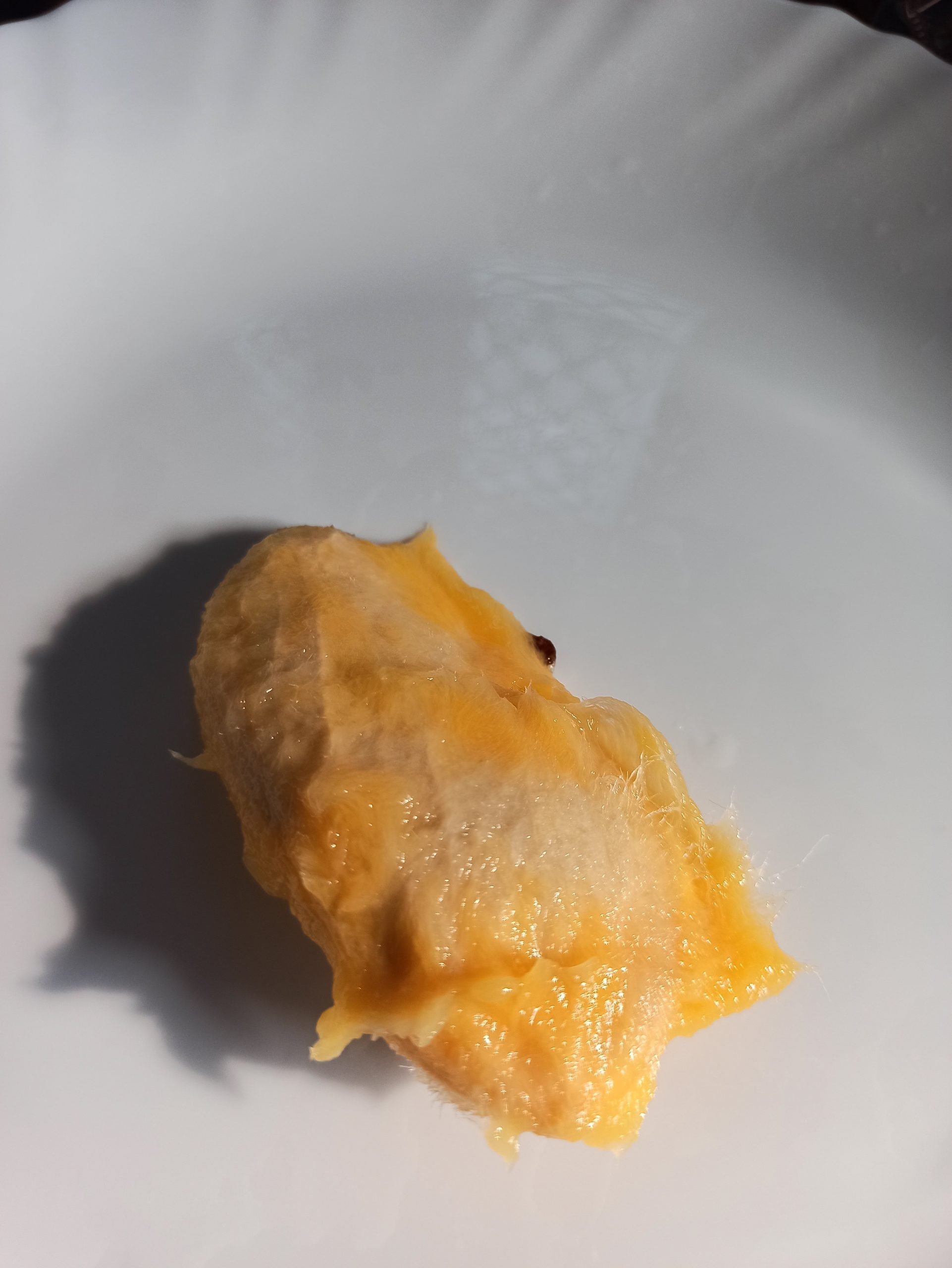

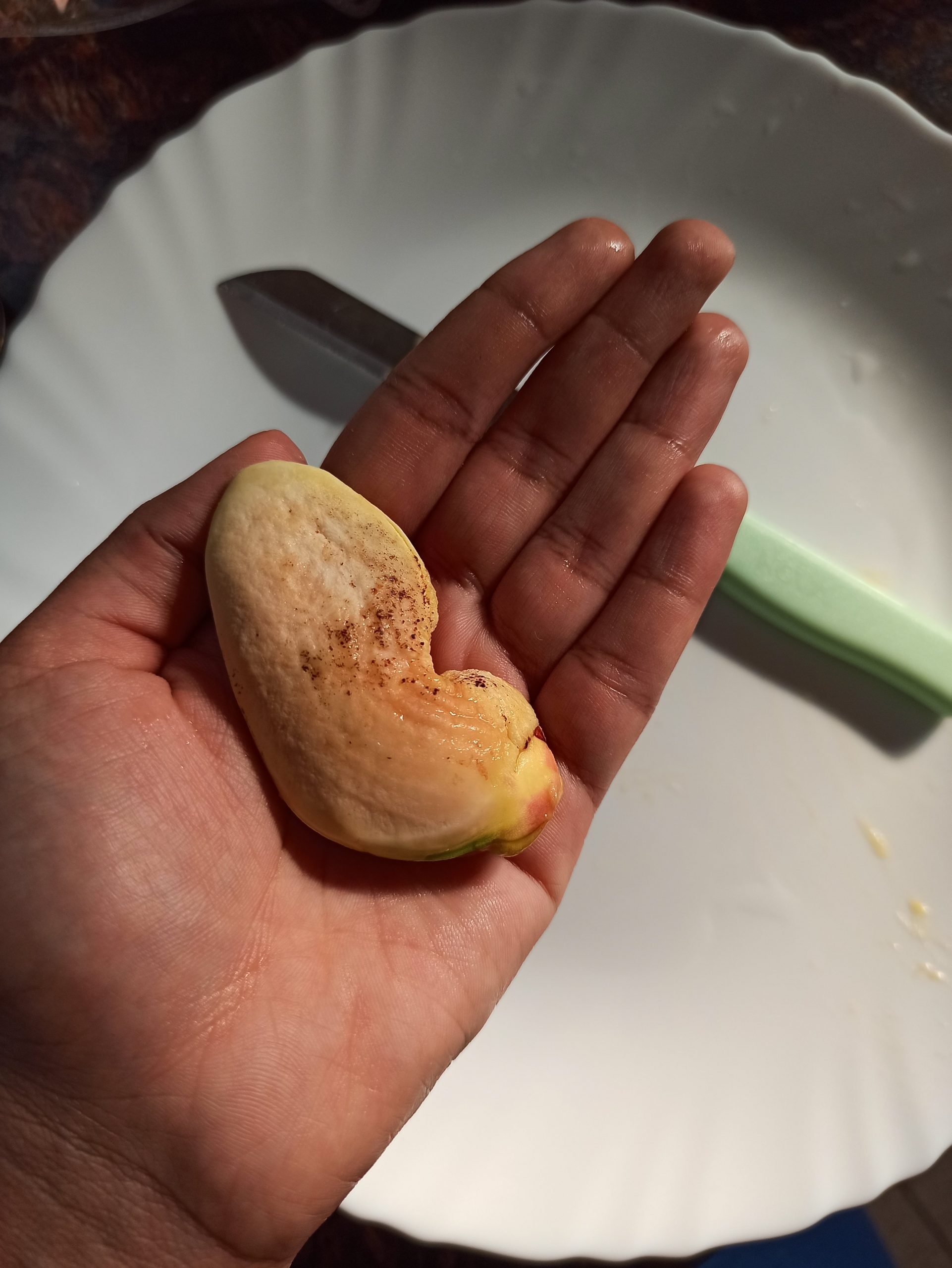
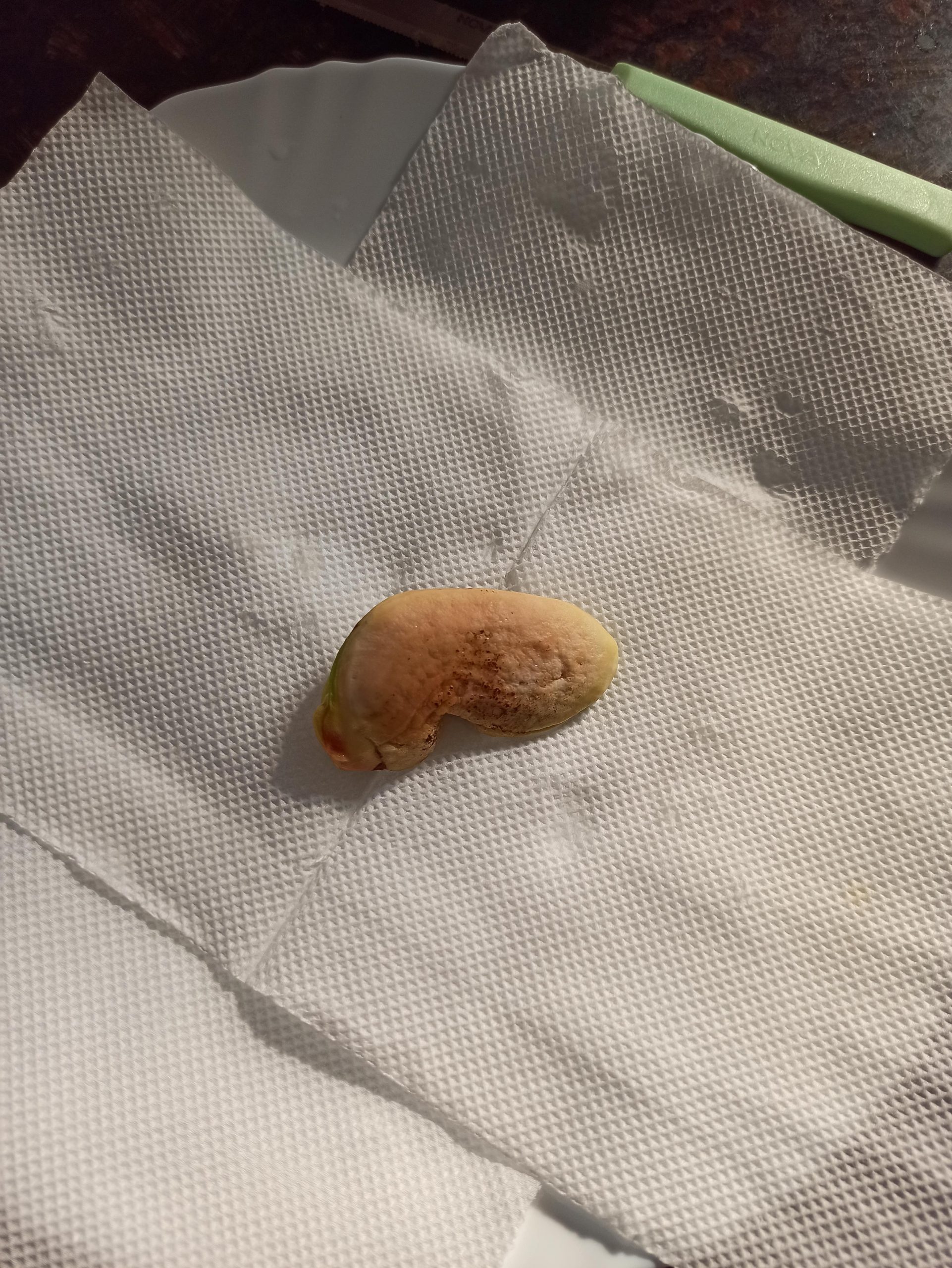
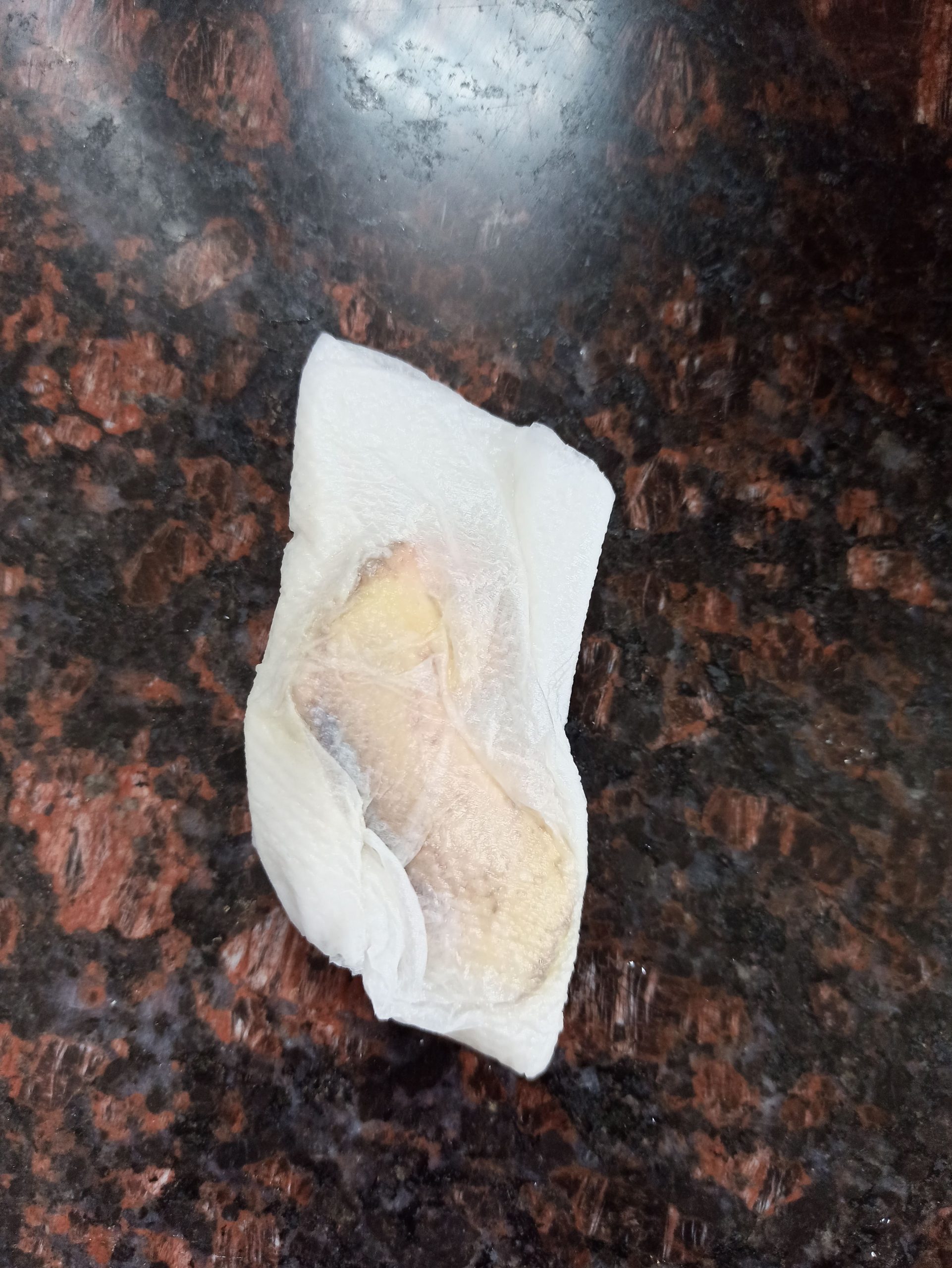

If you do not want to wait that long, you may consider buying a mango plant from a nearby nursery.
Regularly re-pot the plant in bigger size containers as the size of the plant becomes large. If you do not re-pot, the plant will eventually become root-bound and ultimately die after some time.
In colder regions, plant the tree in dark pots as darker colors absorb/retain heat and help the plant growth.
New mango tree planting is usually done in winters when they are not growing.
Tip: A grafted mango tree will take at least 3-4 years to bear flowers and fruits. It will start profound fruiting after the fifth year.
Watering
Mango plants grown on earth directly need not be watered frequently. But if you have planted them in containers, you need to water them regularly in the initial years of growth (1-2 years). Do not overwater as the roots of the mango trees do not like to sit in water.
They like alternate wet and dry spells as most of the other tropical fruits.
Fertilizing a Mango Tree
These trees should be fertilized during the growing season which is before August. Apply nitrogen-rich fertilizers during the initial growth years when foliage will grow abundantly.
Apply nitrogen fertilizers approximately 3 times a year.
Thereafter, once they are in the blooming phase, fertilize with phosphorous and potassium-rich fertilizers with lesser nitrogen content.
Pruning
Mango trees are pruned to keep the harvest manageable. Prune the dead and diseased branches for bushier growth. Excessive pruning can adversely affect the fruiting next year.
Height of Mango Tree
Mango trees can grow as tall as 40 m (131 ft) in height with a canopy of 10 m (35 ft) or more. There are some dwarf varieties that grow only as tall as 2-4 meters and are best suited for container gardening.
Their roots can penetrate the soil to a depth of 6 m (20 ft) or more. They have long taproots.
Leaves of Mango Tree
Young mango leaves are orange-pink in color. They turn to glossy reddish yellow when maturing and then to dark green when fully mature. They can remain on the tree for a year or more.

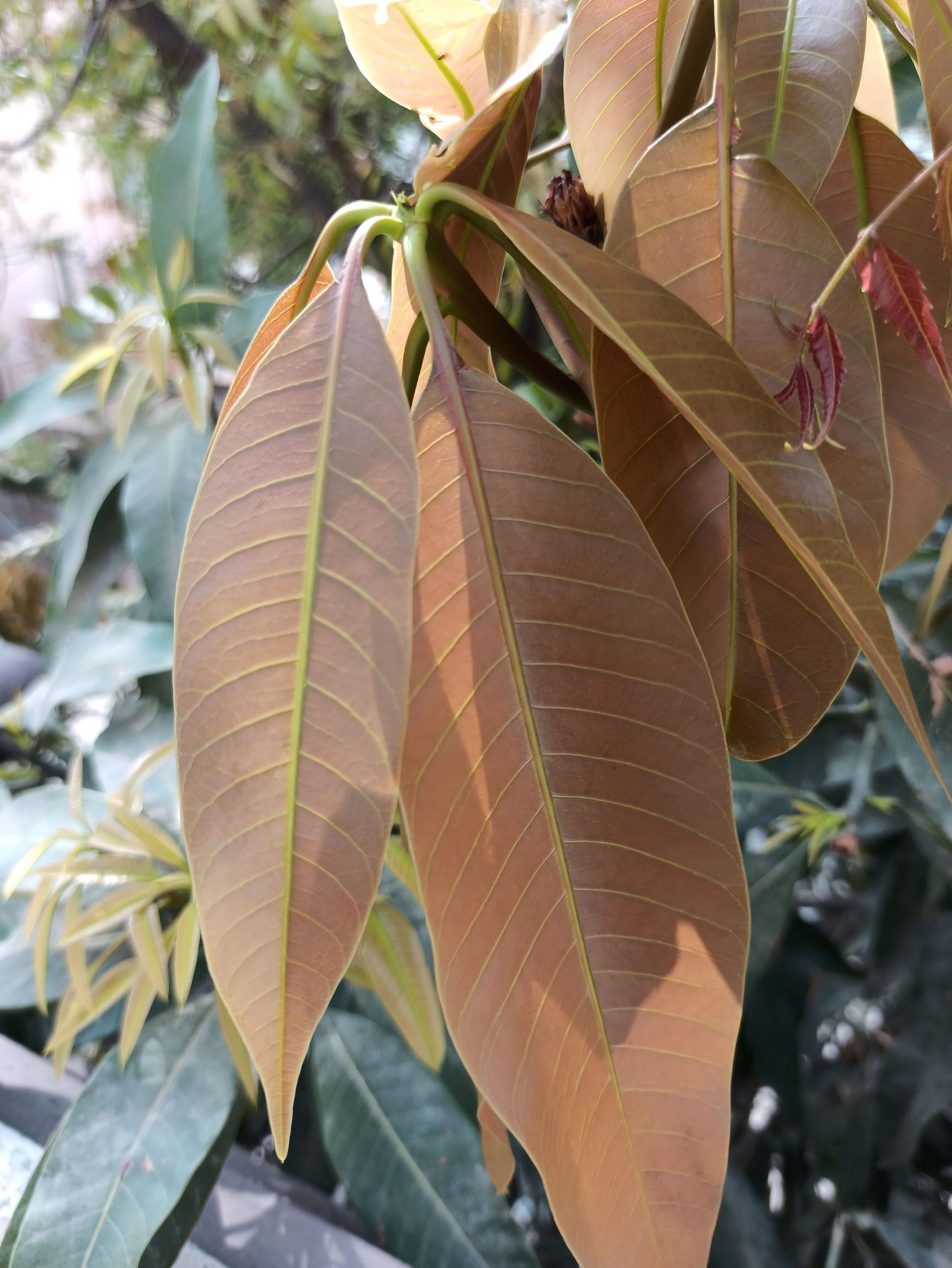
Mango Tree Lifespan
Mango trees can live for several hundreds of years. Some trees are as old as 300 years old. They are evergreen plants.
Pests and Diseases
Mango plants are prone to attacks by mealy bugs, hoppers, scale, spider mites, aphids, etc.
You can use organic pesticides like neem oil spray to get rid of these pests and bugs.
Mango trees develop a fungal disease called Anthracnose (development of black lesions). Copper-based fungicides work best against this disease (do not apply them before 15 days of fruiting). However once spread, it is difficult to control. Try to look for early signs of disease to prevent it from spreading.
Mango Tree Flower & Fruit Harvesting
Mango flowers are produced in clusters each spanning a length of 8 to 35 cm between December and March. The flowers are white in color with a faint sweet aroma. Insects and wind pollinate these flowers to produce fruits.
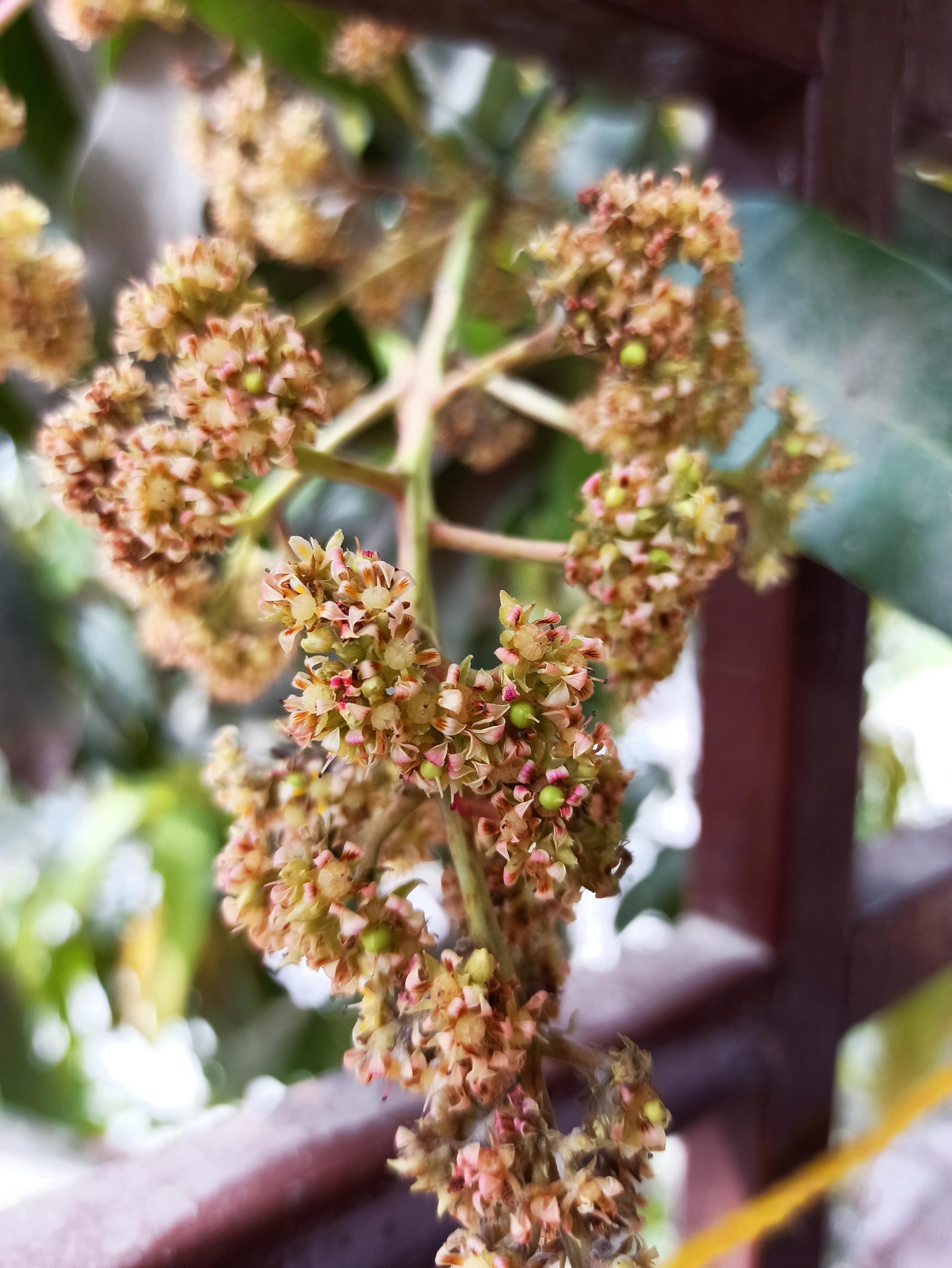
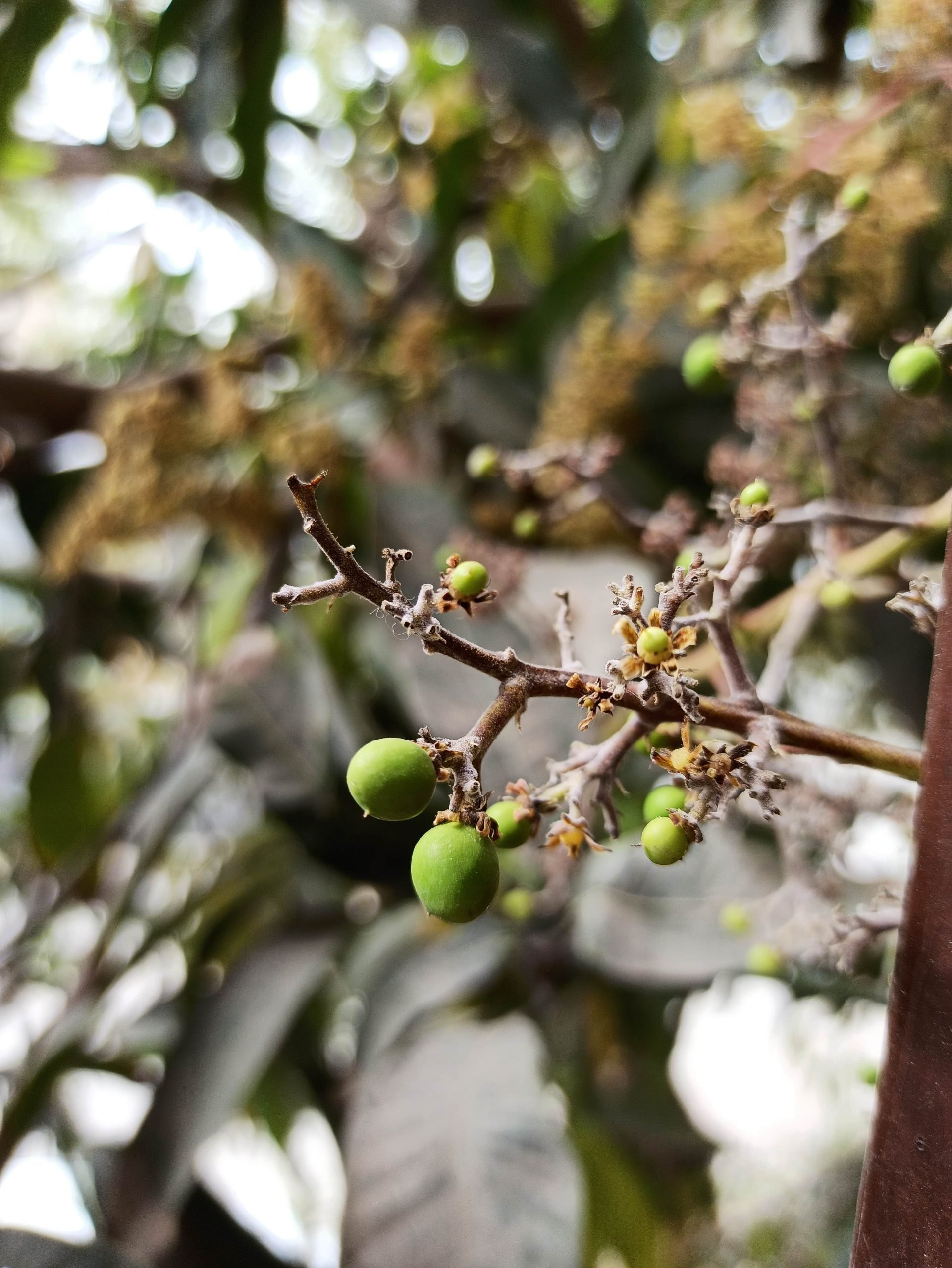
Mango fruit takes about 3.5 to 4 months to fully ripe. Fruiting in each tree takes place in alternate years.
The fruits which receive more sunlight develop reddish patches.
Information About Mango Tree Uses
It is a long-living, tall & bushy plant which provides shade from the sun all around the year. It is a very useful plant as different parts of the mango tree can be used in various ways:
Mango Leaves
Its leaves are considered rich in antioxidants and believed to have many health benefits. They are used in many Asian cultures in religious rituals. They are considered good luck in Hindu culture in India and hung on doors for good fortune.
Mango Bark
Powdered mango bark consumption helps in relief from Diarrhea.
Mango Gum
Used in application on cracked feet and scabies.
Mango Sap
When applied on bee stings, it eases the pain.
Mango Seed
Mango seed extract is believed to help reduce weight. Mango butter made from mango seed is used to soothe sunburns, scars, etc.
Mango Tree Varieties
Mango fruit comes in several hundreds of varieties across the world. All these varieties differ in color, shape, size, taste, smell, etc. The most common and popular varieties in India are the following:
- Safeda Mango
- Langra Mango
- Alphonso/Hapus Mango
- Totapari Mango
- Dasheri Mango
- Pairi Mango
- Badam Mango
- Chausa Mango
- Neelam Mango
- Kesar Mango
Nutrients In Mangoes
Mangoes contain an antioxidant – Zeaxanthin which is believed to improve eye health.
They contain Carotenoid which helps reducing cancer risk.
They contain digestive enzymes that help improve the bowel movement.
83% of mango weight is water. So, they help us keep hydrated during the scorching summer heat.
One 165 g (gram) serving of mango contains:
- 99 calories
- 1.35 g of protein
- 0.63g of fat
- 24.7 g of carbohydrate
- 22.5 g of sugar
- 2.64 g of fibre
They contain several vitamins and minerals:
- Vitamin A- Boosts immunity
- Vitamin B-6
- Vitamin C – Boosts immunity
- Vitamin K
- Potassium
- Folate
- Copper
- Calcium
- Iron
For complete nutritional profile of mangoes, click here.
Bonus Tip: How to Grow Mango Trees in Colder Regions?
Many times, I am asked this question- Can I grow a mango plant if I live in areas with snowfall?
The answer is yes! You can grow them. However, you will need to take extra care and precaution to grow them.
When the temperature in your area goes above 45°F (7.2°C, you can grow your trees outdoors in containers. As the temperature becomes colder, shift your container indoors and place it near a window that receives at least 2 hours on sunlight during the day.
Alternatively, if you cannot find a bright spot near a window in your home, you can buy grow lights to provide the required exposure and warmth.
You will also need to maintain the room temperature above 50°F (10°C) to avoid any damage to the plant.
You may consider creating a small plant room in a corner with a grow light and temperature control system.
I would recommend growing dwarf varieties of mangoes if you live in cold countries as these can be grown in containers.
If you a passionate gardener, you may also make Bonsai of mango trees.
If you have any queries / suggestions, please leave a reply in the comment section below. I will get in touch with you soon.
If you like this article, please share.






July 8, 2022 at 9:39 AM
Please give me advice about planting mango trees in a greenhouse. Thank you!
October 1, 2022 at 12:58 PM
Dear Russell,
Please visit this website : https://horti-generation.com/mango-trees-cultivation-under-greenhouse-conditions/